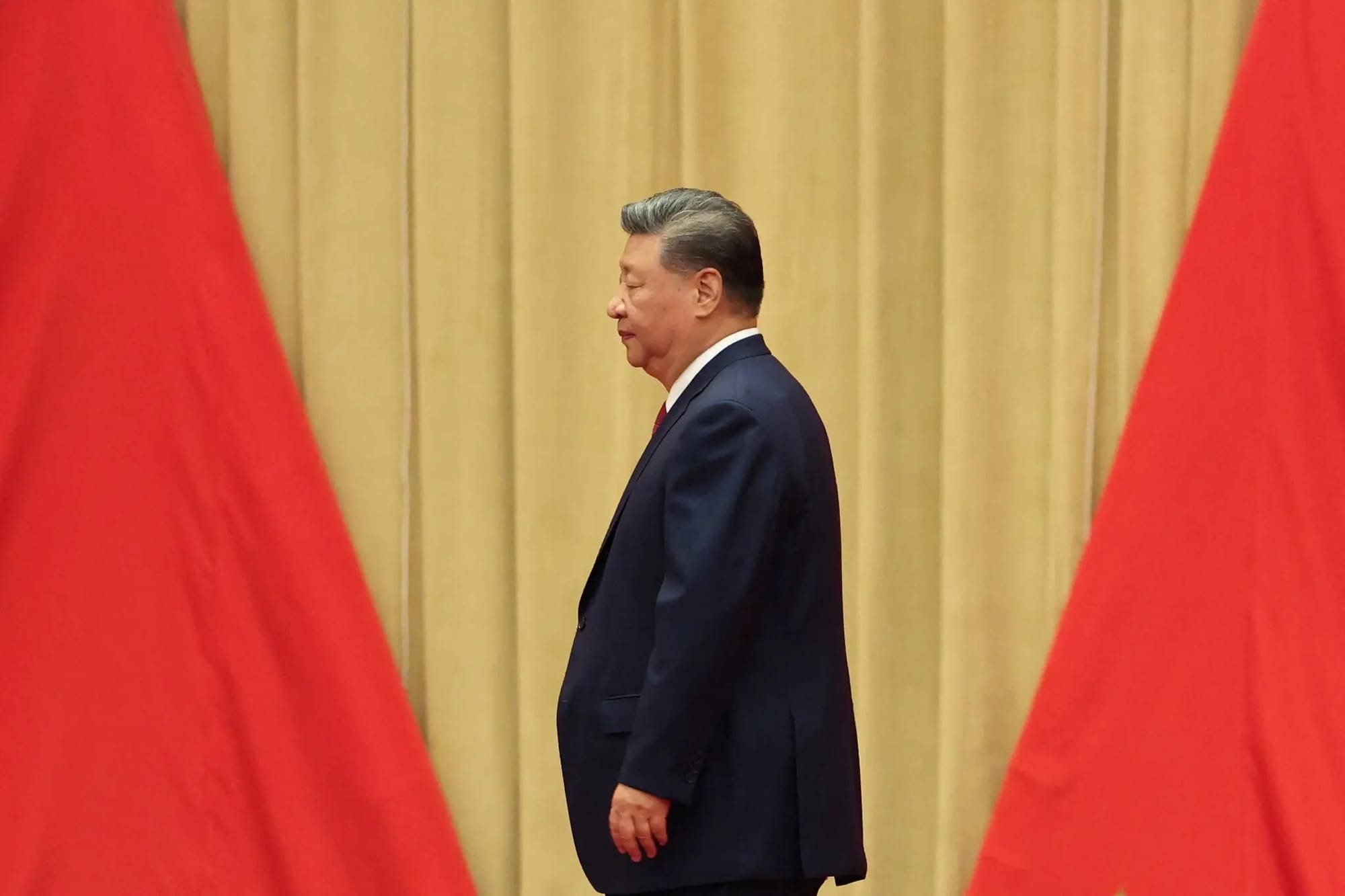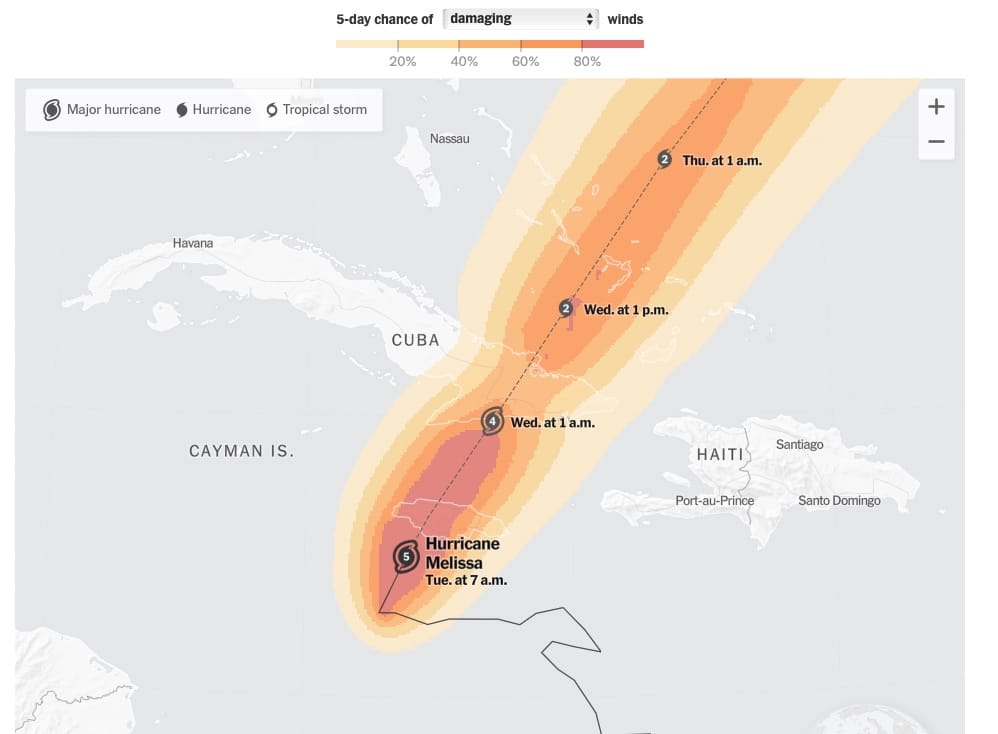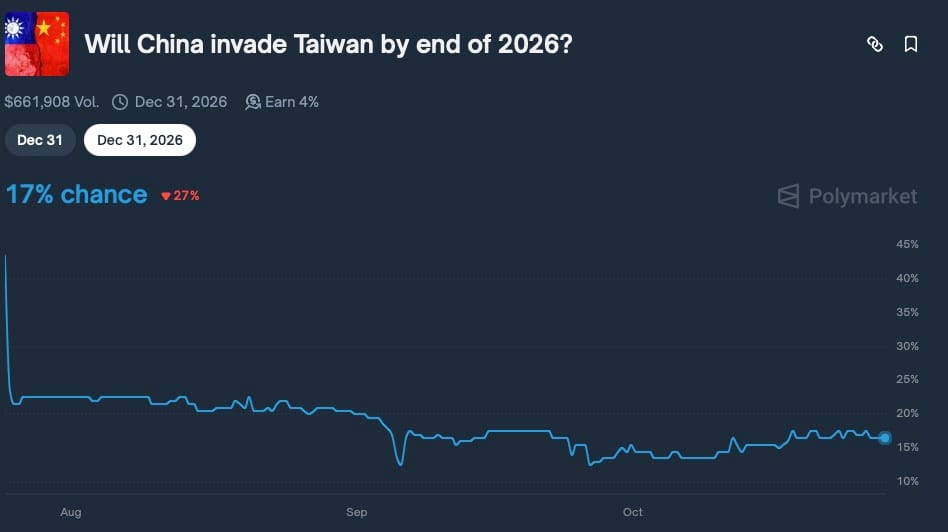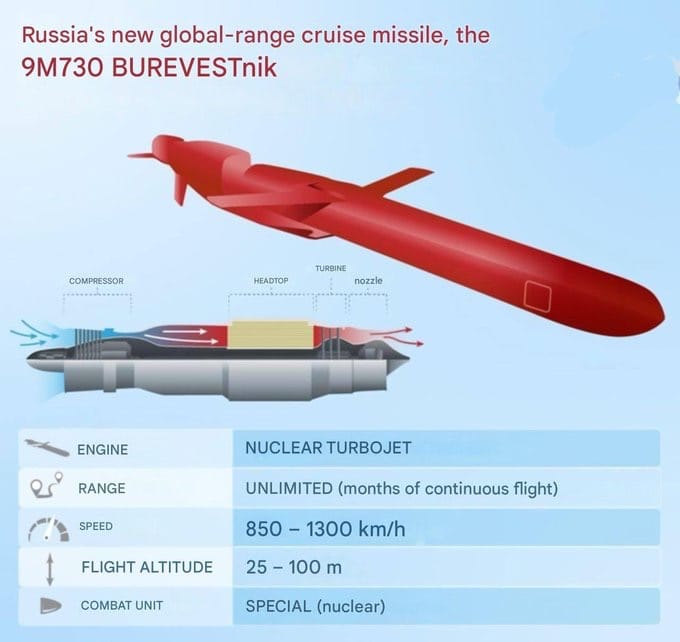Top 5 US news stories
October 28 2025

Xi to Press Trump on Taiwan Support Amid Trade Talks
U.S. Rushes to Fund Critical Minerals as Bulwark Against China
Global Stocks Hit Record Highs Amid Investor Optimism
Democratic Hopes Pinned on Moderates in VA, NJ Face Risky Wager as Polls Tighten
Putin Announces Successful Test of Nuclear-Powered Burevestnik Missile; Expert Warns of 'Flying Chernobyl'

…US GOVERNMENT SHUTDOWN ENTERS 28th DAY…
….Los Angeles Dodgers snatch dramatic 6-5 walk-off win in 18-inning thriller to take 2-1 lead in the World Series…
…Hurricane Melissa intensifies to Category 5 — Jamaica braces for ‘catastrophic’ impact with life-threatening winds, rain and flood surge today…

1. Xi to Press Trump on Taiwan Support Amid Trade Talks
When China’s leader, Xi Jinping, sits down with President Trump to address their worsening trade tensions, he will also be pursuing another, longer goal: persuading the American president to soften U.S. support for Taiwan. Mr. Trump has said that he wants to focus on trade when he meets Mr. Xi in South Korea, even if the Chinese leader presses him on Taiwan, the democratically governed island roughly 100 miles off China’s coast that Beijing claims as its own. But the diplomatic maneuvering raises a crucial question: how negotiable is American support for Taiwan, especially given Mr. Trump’s sometimes dismissive comments about the island? Chinese officials, analysts said, may seek at this and other meetings to draw Mr. Trump out on the issue, to have him clarify his position on Taiwan. For China, the meeting in South Korea on Thursday appears to lay the groundwork for a full summit between the leaders. Mr. Trump has said that he intends to travel to China early next year and that he also wants to host Mr. Xi in the United States. “The Chinese probably do see a sequencing: that they want some kind of cease-fire in the trade war and a de-escalation to start, and then they want to open up the larger geostrategic issues,” Mr. Sacks said. “I think Taiwan is the center of that.” Secretary of State Marco Rubio dismissed the idea that Mr. Trump would make concessions on Taiwan in exchange for “favorable treatment” from China on trade issues. “No one is contemplating that,” Mr. Rubio told reporters on Saturday while in the Middle East.
NYT

Editors note: 17% is exactly the odds of rolling any particular number on a dice. I wonder what the odds would be by January 2029, the end of President Trump's term...?
2. U.S. Rushes to Fund Critical Minerals as Bulwark Against China
A cascade of billion-dollar deals is reshaping the once-dormant Western critical-minerals industry, which the U.S. and its allies hope will act as a bulwark against aggressive trade practices by China. Since China began restricting exports of rare earths in April—causing auto factories to halt production and rare-earth prices to shoot up—a wave of private and government funding has flowed into rare-earth companies. They now have money to hire technical experts, expand plants and make strategic acquisitions as they race to build out a non-Chinese supply of materials required in high-tech manufacturing. President Trump and Chinese leader Xi Jinping are set to meet on Thursday in South Korea, and rare earths are expected to be high on the agenda. Treasury Secretary Scott Bessent said Sunday that he expected Beijing would agree, as part of a trade deal, to defer certain planned export restrictions on rare earths. But few expect the two leaders to resolve the issue fully.
WSJ
3. Global Stocks Hit Record Highs Amid Investor Optimism
From trade deals and foreign elections to merger announcements to corporate earnings, investors are finding plenty of reasons to be happy. Stocks hit fresh records on Monday, marking a significant pickup in momentum after a bumpy stretch in which tariff fears and worries about loan losses at regional banks weighed on major indexes. The optimism isn’t limited to U.S. markets. Benchmarks in Japan, South Korea and Taiwan notched new records Monday, while the Shanghai composite closed at its highest level in more than 10 years.
WSJ
4. Democratic Hopes Pinned on Moderates in VA, NJ Face Risky Wager as Polls Tighten
Democratic leaders hoping to revive the party’s fortunes this fall pinned their hopes on two gubernatorial candidates—Mikie Sherrill in New Jersey and Abigail Spanberger in Virginia—betting on both women’s moderate pragmatism and experience in national security. The wager is looking increasingly risky. A texting scandal in Virginia has prompted Republicans to inject more money into a race that once looked as though it would be Democratic landslide, while polls in New Jersey have significantly tightened, putting Democrats on edge. Spanberger and Sherrill still hold leads over their opponents, but their relative underperformance stands in contrast to what is shaping up to be a runaway victory in the New York mayoral election for the democratic-socialist assemblyman Zohran Mamdani, who represents another vision for the party.
WSJ
5. Putin Announces Successful Test of Nuclear-Powered Burevestnik Missile; Expert Warns of 'Flying Chernobyl'
Russia has successfully tested its nuclear-powered and nuclear-capable Burevestnik missile and is preparing to deploy it, President Vladimir V. Putin said Sunday, a pointed message to the West after plans for a summit with President Trump collapsed. Because the weapon runs on nuclear power, it can fly for much longer than other missiles can, and, the Kremlin says, is capable of evading missile defense systems. “This is a unique product that no one in theworld has,” Mr. Putin said The Burevestnik, which is also called the SSC-X-9 Skyfall, is named for the storm petrel, a bird that some believe foreshadows a storm. The weapon has been in the works for many years, and analysts say its successful test does not come as a surprise. Still, it is cause for concern, according to Jeffrey Lewis, a nuclear nonproliferation expert at Middlebury College. “It is a tiny flying Chernobyl,” he said, referring to the former power plant in Ukraine that became synonymous with nuclear disaster after it exploded in 1986. “This is a bad development,” Mr. Lewis added. “It is one more science fiction weapon that is going to be destabilizing and hard to address in arms control.” In August, multiple observers noted activity at a Russian test site high above the Arctic Circle, as Mr. Putin was preparing to travel to Anchorage to meet with Mr. Trump. The activity was extremely notable throughout August and September, and some tests that might have been conducted during that time were unsuccessful, Mr. Lewis said. Sunday’s announcement of the successful test came weeks after the Trump administration lifted restrictions on Ukraine’s use of Western long-range weapons to target Russian oil refineries and plants.
NYT

October 28 1998: President Bill Clinton signs the Digital Millennium Copyright Act into law
On October 28, 1998, President Bill Clinton signs into law the Digital Millennium Copyright Act (DMCA). The legislation was written in order to strengthen existing federal copyright protections against new threats posed by the Internet and by the democratization of high technology.
The bill was heavily supported by the content industries—Hollywood, the music business and book publishers—during its legislative journey through the U.S. Senate and House of Representatives. But included in the final legislation was a “safe harbor” provision granting companies operating platforms for user-contributed content protection from liability for acts of copyright infringement by those users. It was this provision that the operators of file-sharing platforms like Grokster and Napster tried to hide behind during their unsuccessful attempts to defend themselves against DMCA-inspired litigation in the early 2000s.
The DMCA explicitly authorized copyright holders to issue “takedown” notices to individuals or companies believed to be engaging in infringing use of a copyrighted work.
In the 27 years since, the digital copyright landscape has transformed dramatically. Initially designed to protect creators from the unauthorized copying and distribution of digital media, the DMCA became the cornerstone of online copyright enforcement through its “takedown” mechanism and safe harbor provisions shielding platforms from liability for user-generated content. These rules enabled the explosive growth of companies like YouTube, Facebook, and later TikTok, while also sparking ongoing debates over fair use, automated content moderation, and the chilling effects of overzealous takedown practices. As streaming, social media, and user-generated platforms matured, the DMCA’s framework showed both its strength—in adapting copyright to the internet age—and its strain under the scale and speed of modern digital creation and sharing.
Today, artificial intelligence poses the most significant challenge to copyright law since the DMCA’s passage. Generative AI systems trained on massive datasets of text, images, and audio—often scraped without consent—have reignited questions about authorship, fair use, and the balance between innovation and intellectual property rights. Courts and lawmakers are now wrestling with whether AI outputs can be copyrighted, who owns them, and whether the use of copyrighted works in training models constitutes infringement or fair use. As AI tools blur the lines between human creativity and machine synthesis, policymakers face mounting pressure to update digital copyright law for an era in which nearly anyone can generate convincing art, music, or journalism with a few keystrokes—an echo of 1998’s anxieties about Napster, but on a far larger and more consequential scale.
We are temporarily pausing our podcasts as we revamp our app so any article can be read as audio
Found a mistake? Have a news tip or feedback to share? Contact our newsroom using the button below:
citizen journal offers three flagship products: a daily national news summary, a daily Kansas news summary, and local news and school board summaries from 25 cities across 5 states. Use the links in the header to navigate to national, kansas, and local coverage. Subscribe to each, some, or all to get an email when new issues are published for FREE!
Brought to you by (click me!)





Sources
- https://www.nytimes.com/2025/10/28/world/asia/trump-tariffs-china-taiwan.html?smid=nytcore-ios-share&referringSource=articleShare
- https://www.wsj.com/business/rare-earth-companies-funding-231d1c85?mod=hp_lead_pos5
- https://www.wsj.com/finance/stocks/global-stocks-markets-dow-news-10-27-2025-492733ee?st=16S7e5&reflink=article_copyURL_share
- https://www.wsj.com/politics/elections/these-two-democrats-were-runaway-favorites-they-havent-sealed-the-deal-eef8edfc?mod=hp_lead_pos9
- https://www.nytimes.com/2025/10/26/world/europe/russia-burevestnik-missile.html?smid=nytcore-ios-share&referringSource=articleShare

